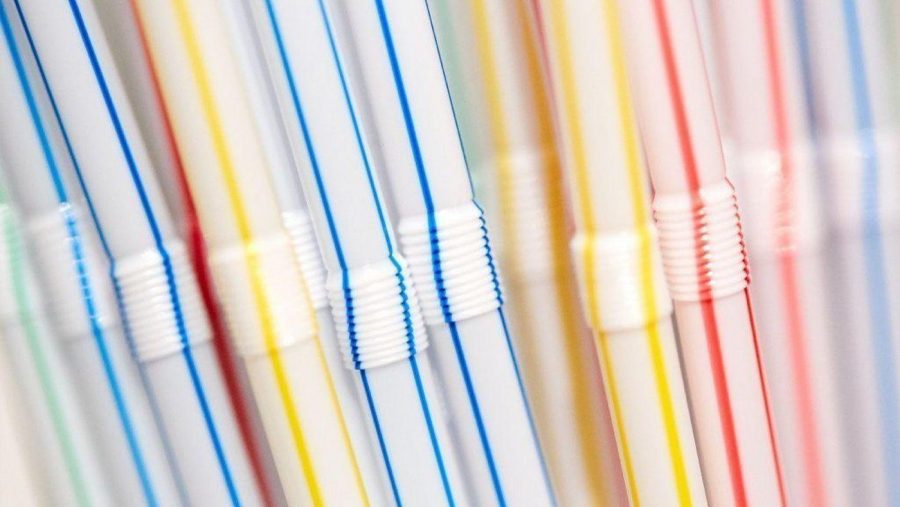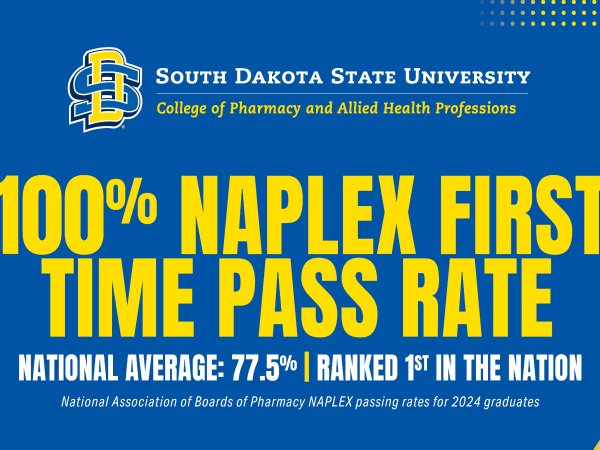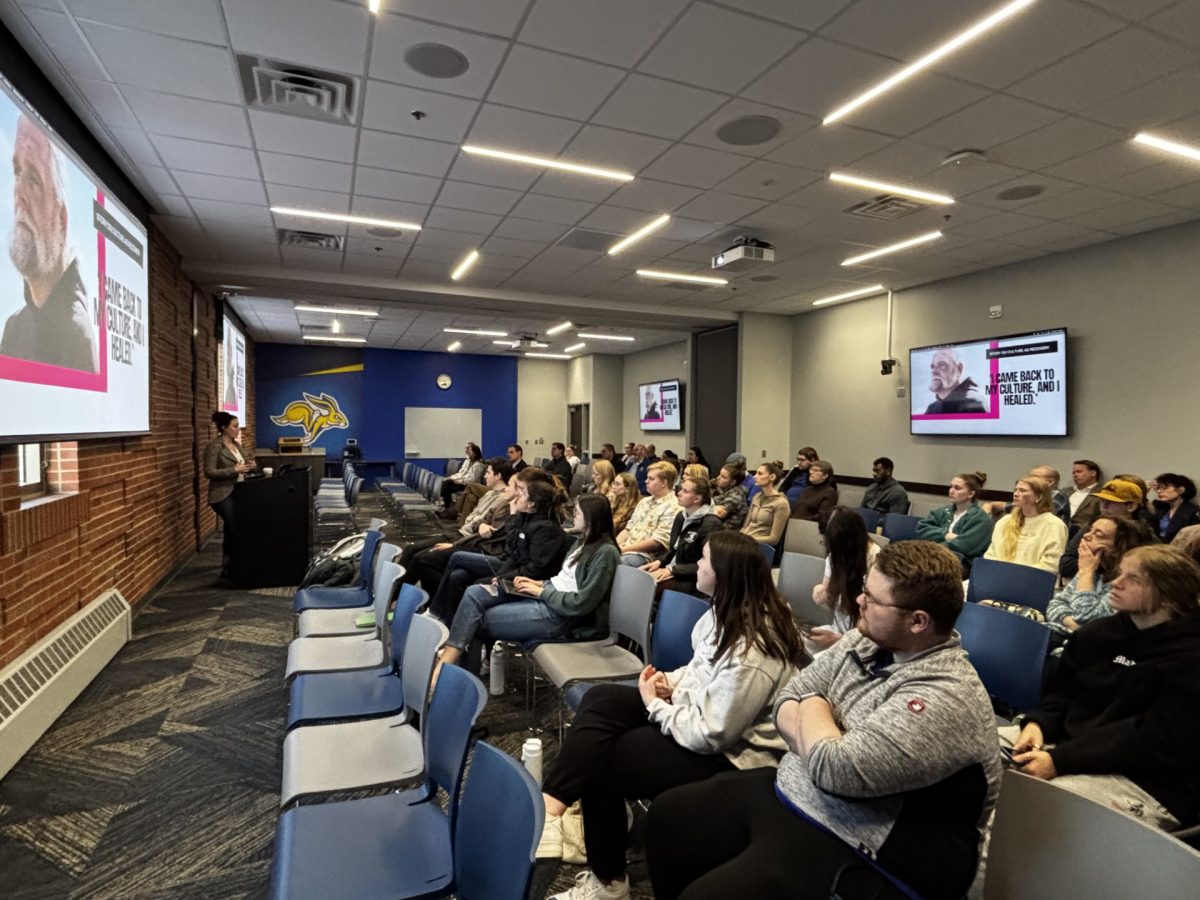Taylor Heinke used to use straws twice a week.
That was until she saw a video entitled “Researchers remove straw from sea turtle’s nose” on Instagram last month. Since then, she’s used one straw.
The video features a group of marine biologists in Guanacaste, Costa Rica, helping remove a plastic straw from a sea turtle’s nose.
“It was one of the saddest videos I’ve ever watched,” the senior psychology major said. “Have you ever heard a sea turtle cry?”
Luckily for Heinke, the Student Sustainability Council (SSC) is working to reduce campus food packaging waste, including straws. However, Aramark said it’s unable to reduce waste due to lack of employees and student demand.
On campus right now, according to Dusty Manzey, SSC ex officio, there’s a high amount of packaging waste and creating policies would have environmental and economic benefits.
“You ultimately save money for the campus and the students. Student money goes toward their student packaging, so if you reduce packaging you reduce the cost for their attendance here. You’re also reducing environmental waste and pollution.”
Policies like this are becoming the norm for many “developed and more progressive” universities on both coasts, he said.
“What a lot of campuses have done is they’ve gone straw-free,” he said. “Simply you take your cup and you tip it [into your mouth] and save a straw.”
For food packages, food vendors could ask the customer if they are eating in or the order is to-go. If the meal isn’t to-go, the vendor would use reusable dishware and wash it after it’s used.
The action plan for SSC is to get more traction behind the idea. Manzey said the council will continue to put “pressure on SA” and begin some campus-wide initiatives to show students what happens when they don’t use a straw next semester.
Aramark wants students to approach them or have a student initiative for action to occur, however, Manzey is unsure of how many students it will take for Aramark to change its ways.
“It depends. Rosa Parks simply said ‘no’ and she started a mass movement and at the same time it took about 69 million people to get Obama into office,” Manzey said. “One little thing can cause a ripple effect.”






















